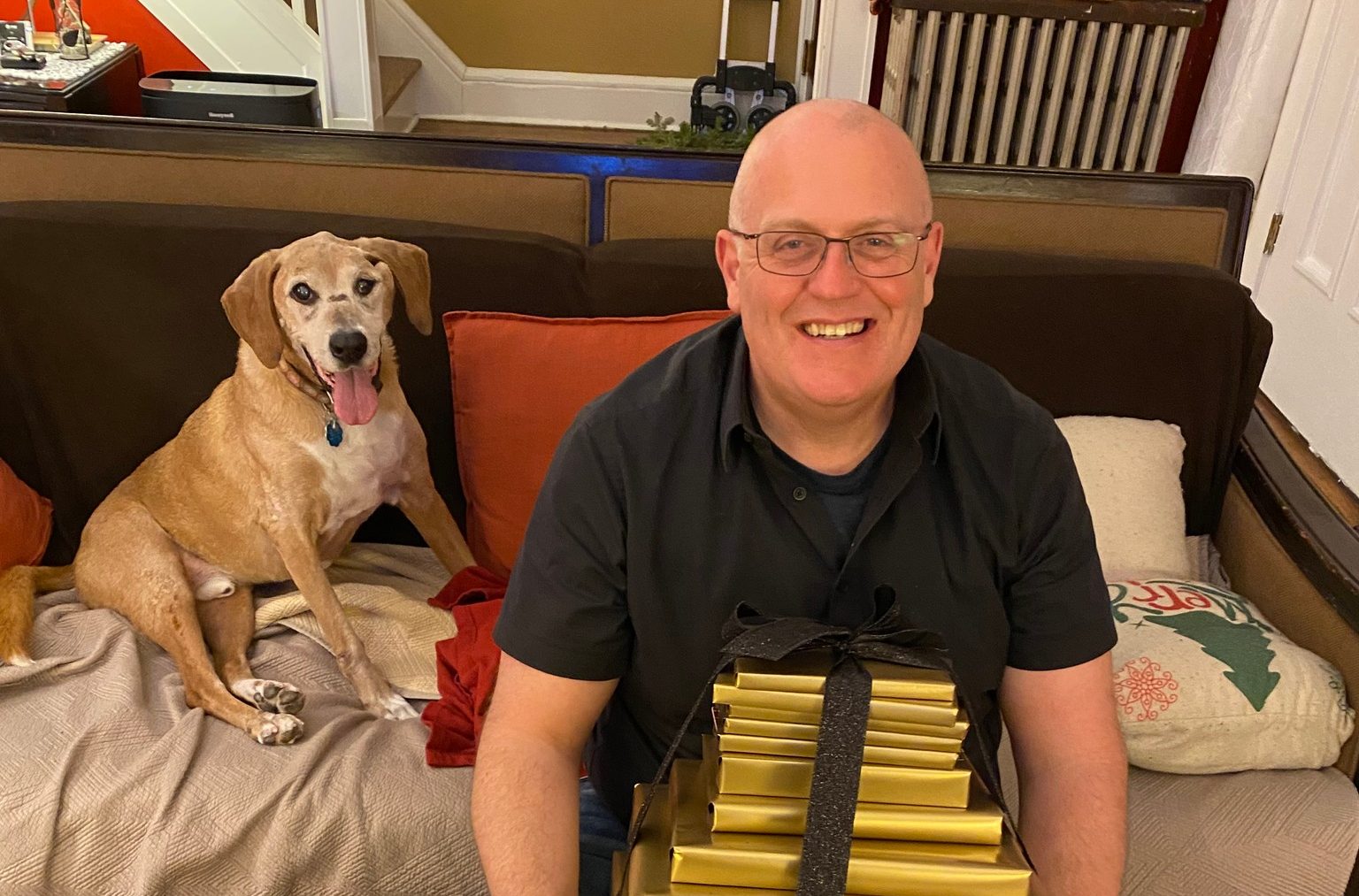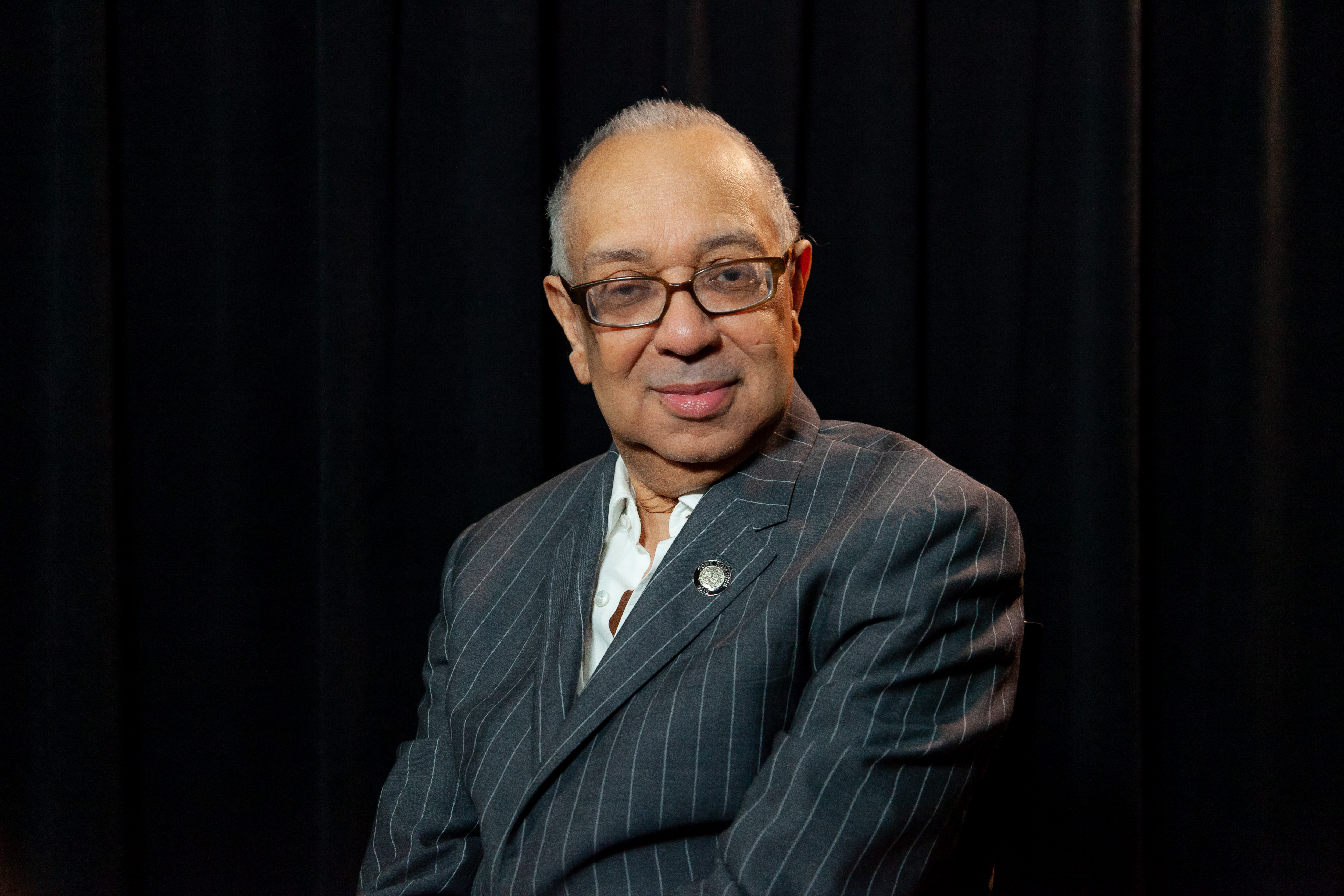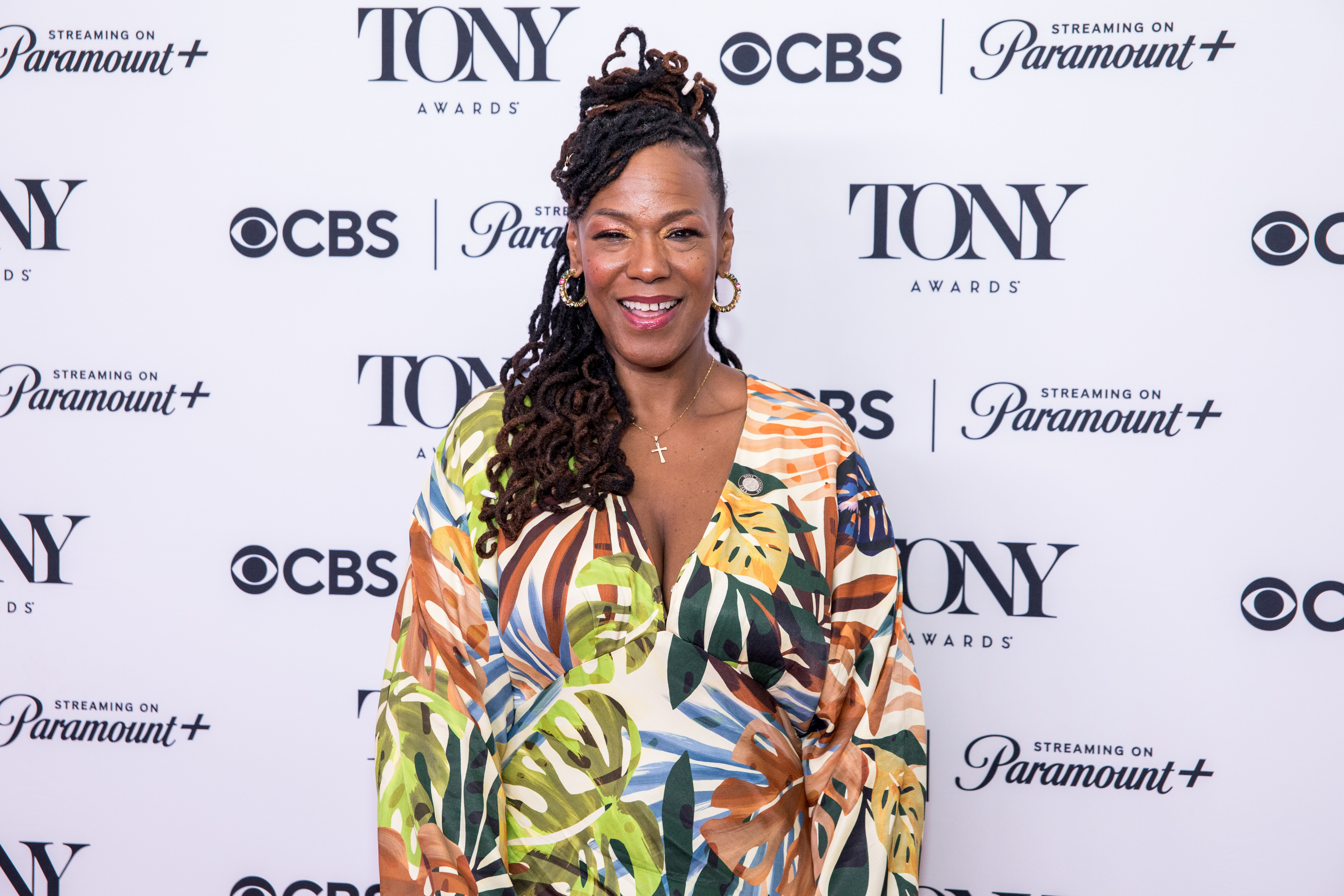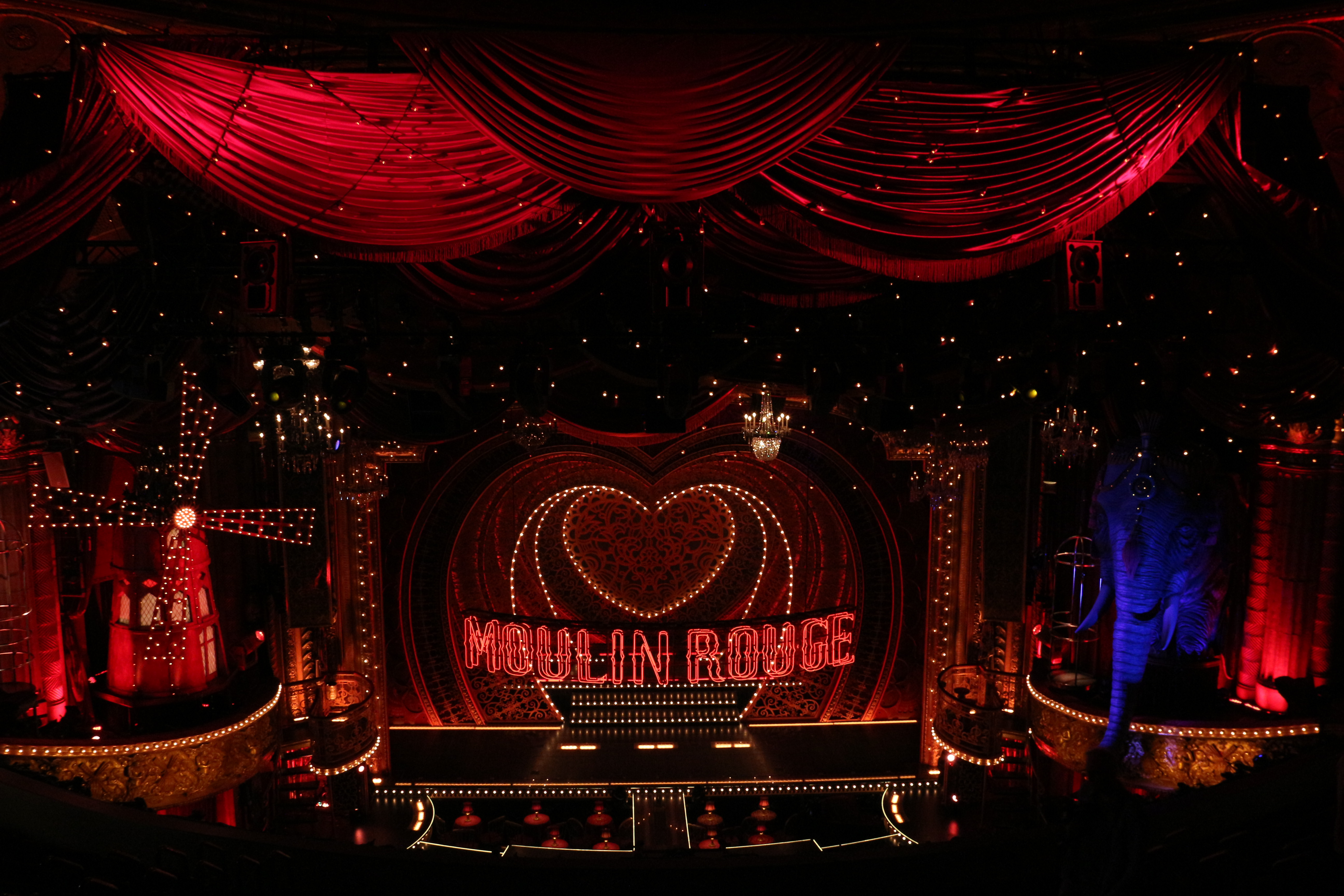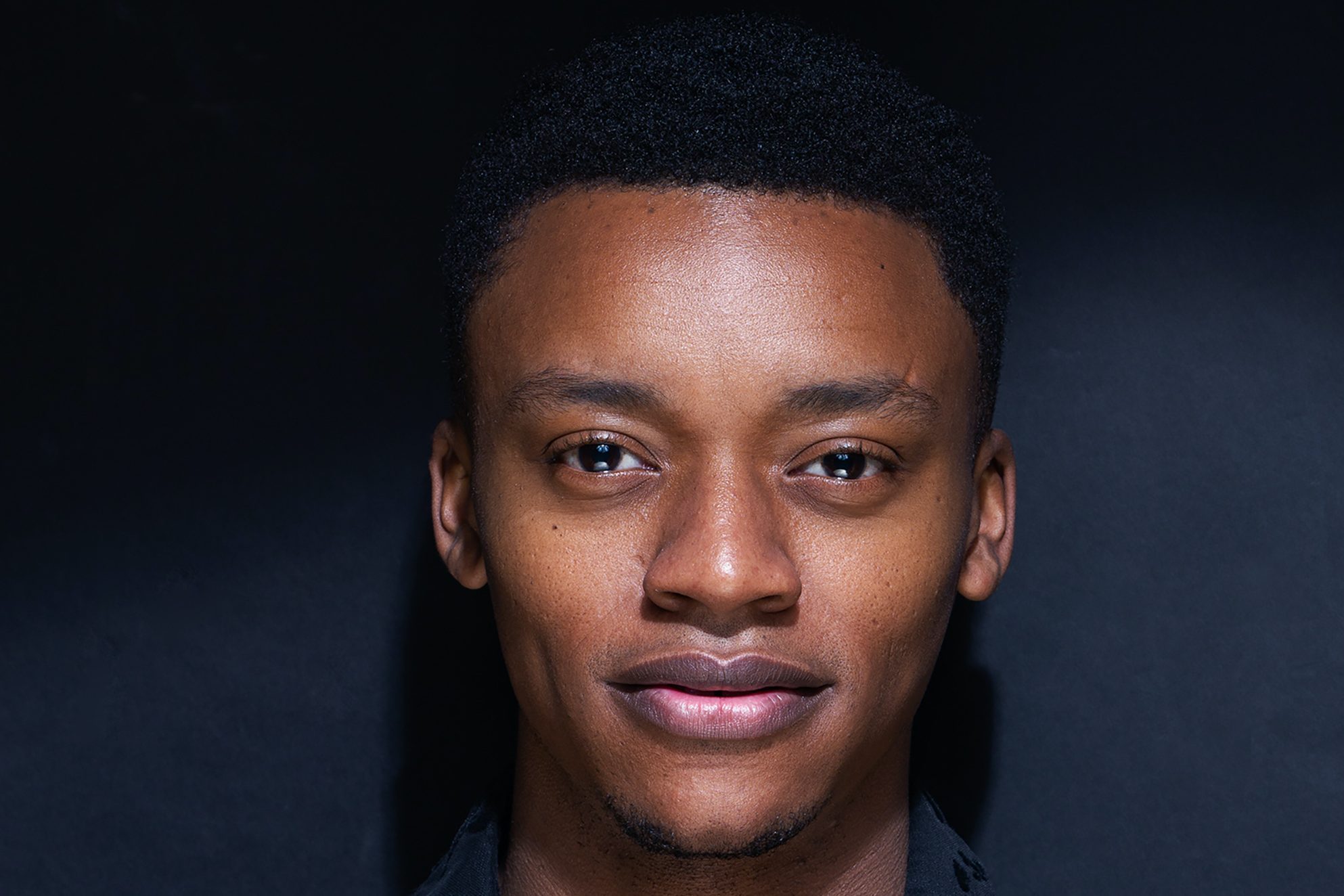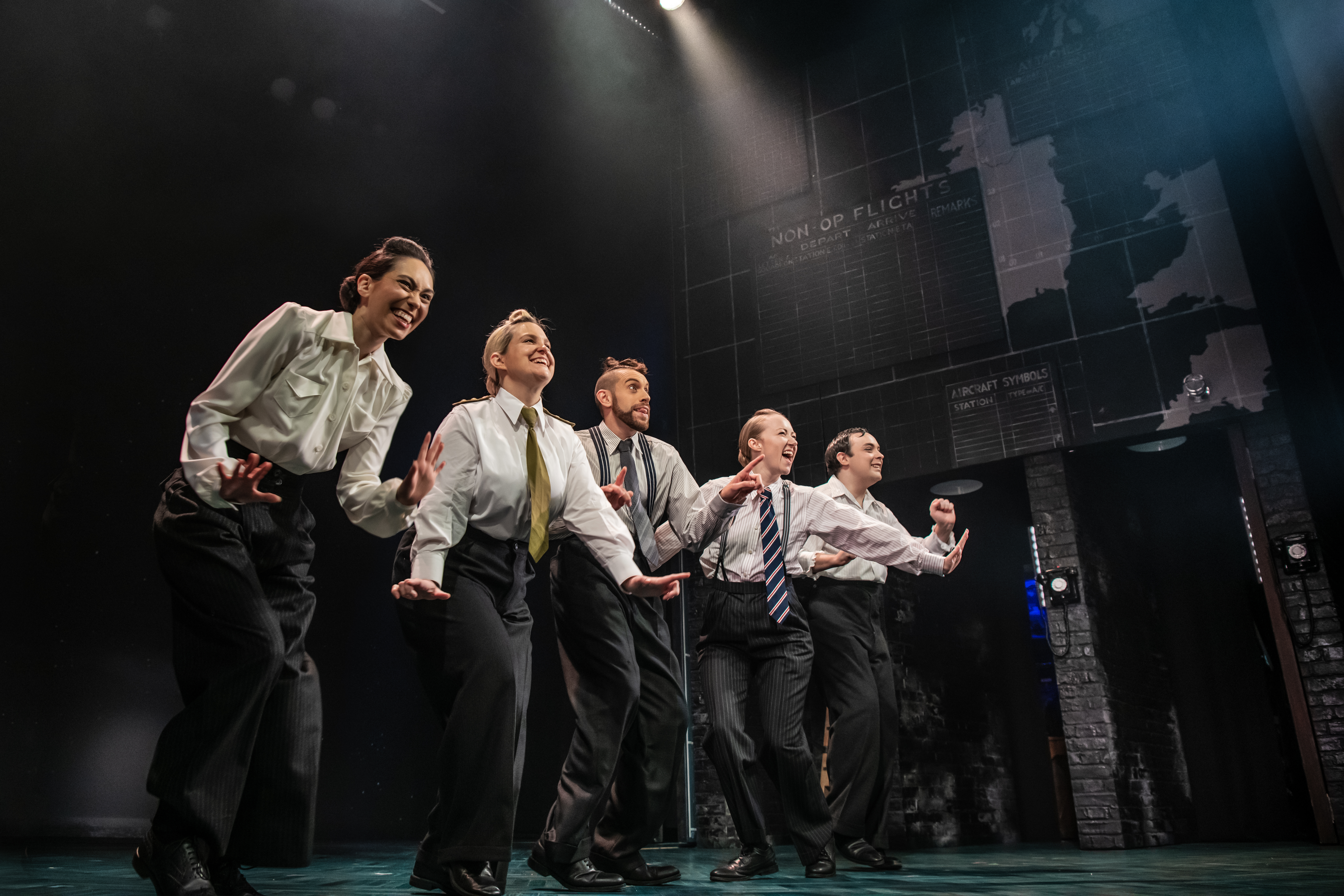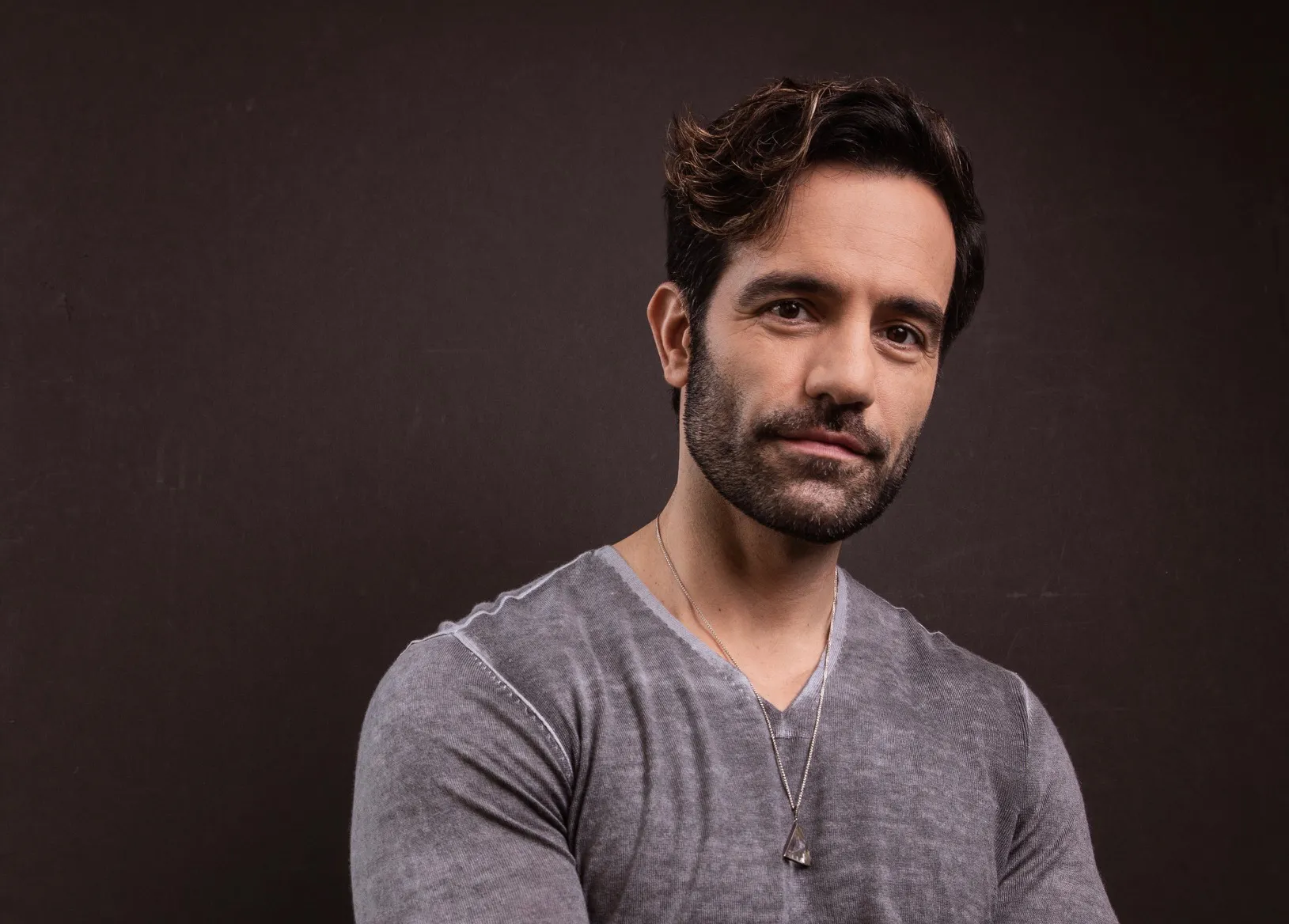Golf: The Musical

in Golf: The Musical
Full disclosure: This reviewer has never had much regard for golf. The reasons for that, if listed, would probably say more about the reviewer than about golf. But resistance to the game itself doesn’t mean that, as I tee up to assess the new revuesical Golf, I also have to confess a lack of tolerance for humor about the game.
Not at all. For instance, whenever Bing Crosby and Bob Hope, those superb show-biz buddies, ribbed each other about their respective golf standings, my ribs were consistently tickled. That could explain why Eric Krebs, who conceived this comedic look at life on the links, and Michael Roberts, who wrote the songs, included a routine in which Joel Blum as Hope and Sal Viviano as Crosby have a golf reunion in heaven; Krebs and Roberts may have sensed that memories of Hope and Crosby would have special appeal to the likes of me.
They were right. The skit, which consists of dialogue exchanges floated during breaks in a song called “The Road to Heaven” (a parody, natch, of “The Road to Morocco”) is quite diverting. Since there is no librettist listed for the show, it’s hard to know where to assign credit for the funny lines that Blum and Viviano spout; perhaps the actors themselves volunteered at least some of the gags. That wouldn’t be surprising, since they’re both funny fellows. Viviano captures Crosby’s relaxed cadences and shambling stance; eventually, under his pork pie hat, this long-and-narrow-faced performer even begins to resemble Crosby. Similarly, Blum’s sloping nose seems to slope even more theatrically as he impersonates Hope. He’s so adept at what he’s doing that I realized I was laughing not so much at what he was saying as at how accurately he was saying it; he gets Hope’s signature stresses on important syllables and the mid-Atlantic accent that the erstwhile Englishman developed.
The admirable Blum, who’s notched two Tony nominations in the past decade, is the kind of New York trouper who regularly stands out in an ensemble. Indeed, he shares some of the talents that distinguished both Crosby and Hope. An able singer, a more-than-able dancer, and a skilled sketch comedian, he possesses something more than all those commendable gifts: He has the kind of engaging ease on stage that makes stars. If he isn’t one, it’s only because the right part hasn’t yet come along.
Blum is so accomplished that he can take a song — there are 18 in this show, wouldn’t you know? — about being a scratch golfer and sell it solidly. (For those who aren’t conversant in the game’s jargon: A scratch golfer takes 72 strokes to cover a 72-par course.) While there’s nothing very special about this ditty by composer-lyricist Roberts, Blum turns it into a piece of stage magic; his achievement is akin to hitting a hole in one with no club and no ball. Blum does the same with a later song about a man’s love for his Big Bertha.
Yes, Blum and colleagues are the kind of entertainers to whom producers, directors, and writer should bow very low. They might even consider kissing the hem of the garments that costumer Bernard Grenier has designed for this foursome, because the actors take second and third-rate material — which much of Golf is made from — and give it polish. Never indicating that they’re embarrassed about what they’re asked to say or do, Blum, Viviano, Christopher Sutton, and Trisha Rapier try hard to make every ball land on the green with the first swing.
Granted, Viviano delivers a delicious swipe at miniature golf towards the end of the show, but that and the Crosby-Hope duologue are about it for the truly clever material to be found here. On the other hand, Rapier has to sing two songs that depend on lame puns for their effectiveness — “My Husband is Playing Around” and “Golf’s Such a Naughty Game.” (Maybe the former song is “My Husband is Playing a Round,” but there’s no telling for sure as the titles aren’t listed in the program.) The gallant Rapier also dons a blonde headdress to chant about golf players wearing only plaid. (This made me wonder. Whenever I see golfers on television, they’re wearing solid colors — like the green jackets that U.S. Masters winners are handed, a replica of which shows up here.)
Sutton does what he can in the dual roles of an evangelical preacher in a golf church and a newscaster for an all-golf channel. In the latter sequence, he reads a series of headlines — including one about, if I remember correctly, Ted Kennedy and “driving” (pun intended by the anonymous writer or writers). Viviano comes out in a trench coat to do a hunk of material about being a hard-boiled golf detective on the track of a missing ball, but I couldn’t follow it. There’s a song about Tiger Woods embedded in the church segment but it’s hardly inspired. Blum and Rapier also run a putting contest for audience members who volunteer to walk onto James Joughlin’s set and try to sink a ball under Aaron Spivey’s lights.
My attitude towards golf as the years pass may be partially influenced by the very look of the game. There’s something about it that golf adherents might think timeless but that seems to me to be frozen in time. Whenever I glimpse golfers trouping across courses with their caddies in tow or sitting in motorized carts, I have the sense of watching something from the ’50s or maybe even the ’30s. Of course, exciting players come along regularly (Ernie Els gets a gentle going-over in Golf) but, in general, these people look as if they’ve fallen through a time warp. It’s a personal response and I don’t need letters assailing my admittedly idiosyncratic take. The point is that, even if golf isn’t retrograde, Golf is. It approaches the ball, swings, and misses.






